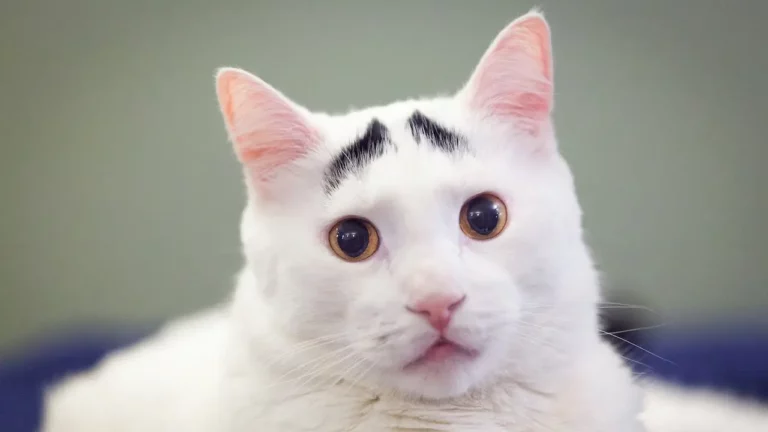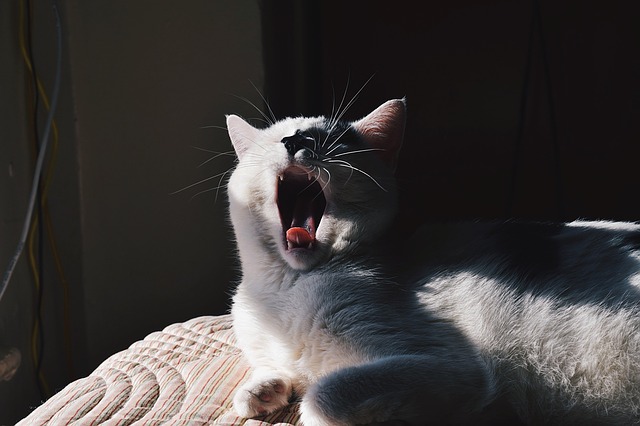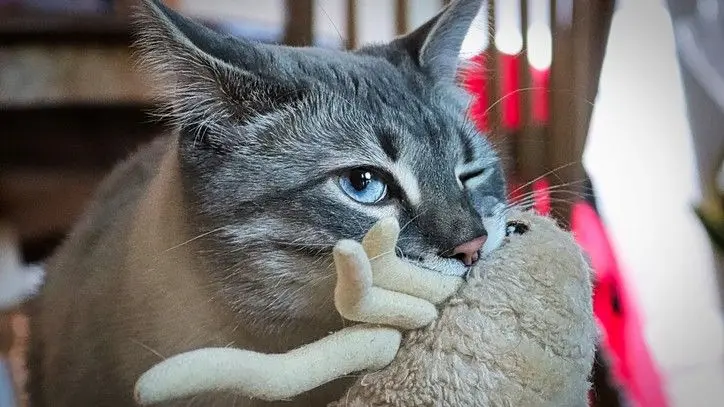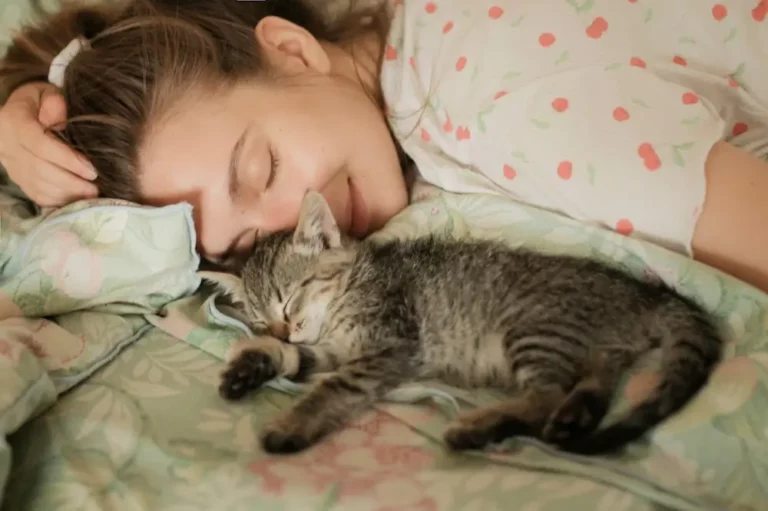Why Won't My Cat Cuddle With Me Anymore? What's The Solution?
If your
Various factors could cause this shift, such as health issues, changes in their environment, or even stress and anxiety.
You should start by ruling out any medical problems with a vet visit.
Then, look at any recent changes in your home that might be unsettling for your cat.
Rebuilding trust and creating a calm, consistent routine can make a big difference.
Ever considered how small adjustments might rekindle that affectionate bond? Let’s explore further.
Health Concerns
If your
Cats often hide their discomfort, so changes in behavior can be one of the first signs something’s wrong.
Pay close attention to any other symptoms your
These can all be indicators of health problems that may be causing your
Take your
The vet can check for common issues like arthritis, dental diseases, or even internal conditions that might be causing pain.
Cats with arthritis, for example, might avoid cuddling because it hurts to be touched or to move into certain positions.
Additionally, make sure your
Sometimes, less obvious conditions such as skin infections or parasites can also make your
Your vet can offer treatments that may alleviate discomfort and help your
Being proactive about your
Changes in Environment
Changes in your
Cats are creatures of habit, and any alterations in their surroundings can cause stress or discomfort.
Moving to a new home, rearranging furniture, or bringing in new pets or family members can all disrupt your
Recognizing these changes and understanding how they might affect your
If you’ve recently moved, your
Providing them with familiar items like their favorite bed, toys, and blankets can help them feel more at ease.
If you’ve introduced a new pet or family member, creating a safe space where your
Sometimes, even small changes like new scents or noises can make a big difference.
Maintaining a consistent routine is key, as cats thrive on predictability.
Feeding them at the same times each day and setting aside regular playtime can help reassure your
Behavioral Issues
Behavioral issues can also play a significant role in why your
Cats are creatures of habit, and any sudden change in their behavior might signal an underlying issue.
If your
For instance, a recent shift in your work schedule might make your
Another common behavioral issue is a lack of socialization. If your
This could make them more independent and less inclined to cuddle.
Pay attention to other signs, like aggression or excessive grooming, which could indicate behavioral problems.
It’s essential to approach these issues with patience and understanding.
Spend more time engaging in activities your
Consistency is key; maintaining a regular routine can help your
If these efforts don’t work, consulting a veterinarian or a
Stress and Anxiety
Stress and anxiety can greatly impact your
If your
Cats are sensitive creatures, and changes in their environment, routine, or even your behavior can trigger stress.
Loud noises, new pets, or unfamiliar visitors might make your kitty feel anxious, causing them to withdraw.
To understand your
These signs can indicate anxiety. Additionally, changes in eating or litter box habits can signal that something’s off. It’s vital to identify and minimize these stressors to help your kitty feel secure.
Creating a calm and consistent environment can greatly reduce your
Provide them with safe spaces where they can retreat and feel protected.
Regular playtime and engaging toys can also alleviate stress by giving them an outlet for their energy. Consider using pheromone diffusers, which can promote a sense of calm.
Maintain a consistent routine, as cats thrive on predictability.
Rebuilding Trust
Helping your
Start by giving your
Create a positive environment by associating yourself with good things.
Offer treats, gentle petting, and playtime using their favorite toys.
Be patient and consistent, as trust-building can take time. Use a calm, soothing voice when interacting with your
Avoid forcing interactions; let your
If they come to you, praise them and offer a treat, reinforcing that being close to you is a positive experience.
Gradually, they’ll start to feel more comfortable and may initiate cuddling again.
Pay attention to their body language. If they seem tense or anxious, back off and give them some space. Over time, your patience and understanding will help rebuild the bond.
Conclusion
To help your
Create a calm and safe environment for them, and make sure you maintain a consistent routine.
Spend quality time engaging in their favorite activities.
Be patient, and work on rebuilding trust through positive associations.
By addressing these factors, you can encourage your
Remember, patience and understanding are key.






